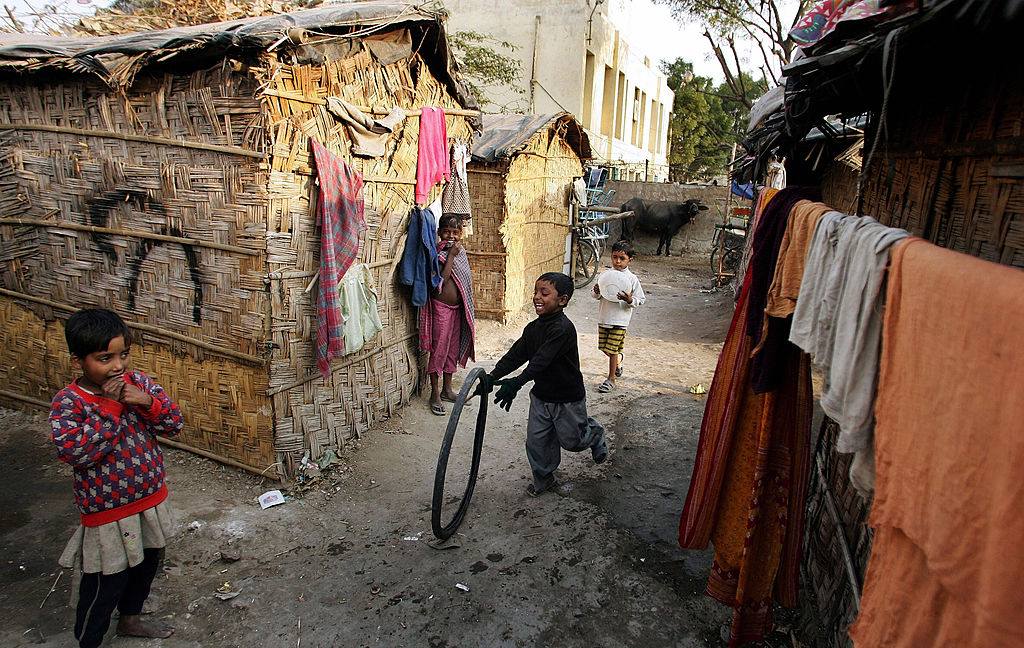- Thursday, May 09, 2024
‘Between 2014-15 and 2022-23, the rise of top-end inequality has been particularly pronounced in terms of wealth concentration,’ a working paper said.

By: Shubham Ghosh
INEQUALITY in India has surged since the early 2000s, with the income and wealth held by the top one per cent soaring to 22.6 percent and 40.1 percent, respectively, by 2022-23, as per findings from a working paper titled ‘Income and Wealth Inequality in India, 1922-2023: The Rise of the Billionaire Raj’.
The paper, authored by Thomas Piketty (Paris School of Economics and World Inequality Lab), Lucas Chancel (Harvard Kennedy School and World Inequality Lab), and Nitin Kumar Bharti (New York University and World Inequality Lab), highlights a significant uptick in top-end inequality in concentration of wealth between 2014-15 and 2022-23.
“Between 2014-15 and 2022-23, the rise of top-end inequality has been particularly pronounced in terms of wealth concentration,” the paper said.
“By 2022-23, top 1 per cent income and wealth shares (22.6 per cent and 40.1 per cent) are at their highest historical levels and India’s top 1 per cent income share is among the very highest in the world, higher than even South Africa, Brazil, and the US,” it added.
According to the paper, the Indian income tax system might be regressive when viewed from the lens of net wealth.
“A restructuring of the tax code to account for both income and wealth, and broad-based public investments in health, education and nutrition are needed to enable the average Indian, and not just the elites, to meaningfully benefit from the ongoing wave of globalisation,” it noted.
As per the paper, besides serving as a tool to fight inequality, a “super tax” of two per cent on the net wealth of the 167 wealthiest families in 2022-23 would yield 0.5 per cent of national income in revenues and create valuable fiscal space to facilitate such investments.
The paper said the quality of economic data in India is notably poor and has seen a decline recently. It said India’s top one per cent population’s income share appears to be among the highest in the world “behind only perhaps Peru, Yemen and a couple of other small countries”.
“In terms of top wealth shares, we see that both with top 10 per cent and top 1 per cent, India comes out in the middle of the pack, with Brazil, and South Africa standing out with their extreme wealth concentration levels (85.6 per cent and 79.7 per cent top 10 per cent shares, respectively),” the paper said.
(With PTI inputs)
![]()